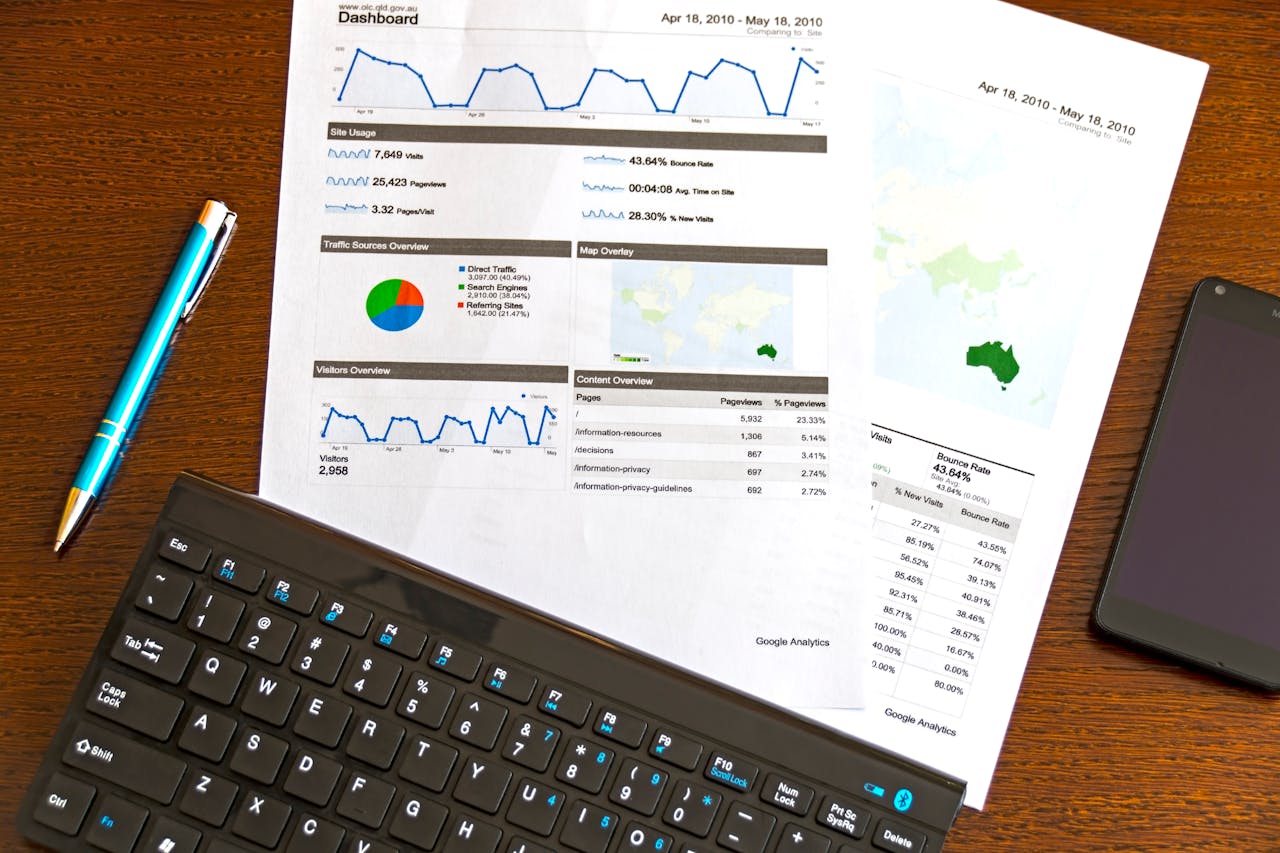Investment management isn’t just about buying and selling assets. It’s about knowing exactly what you own, how it’s performing, and what needs to happen next. In real estate, where properties, leases, and financials are all interconnected, keeping track of assets is more than just a best practice; it’s a necessity. That’s where Yardi Asset Tracking comes in, offering a smarter way to manage investments with clarity and precision.
The Foundation of Smarter Investment Decisions
Real estate investors and asset managers are always working with multiple moving parts. A single portfolio can include commercial properties, residential complexes, retail spaces, and more—each with unique financials, tenants, maintenance requirements, and compliance needs. Without a structured system, data gets scattered, decision-making slows down, and opportunities slip through the cracks.
Yardi Asset Tracking organizes everything into one unified system. By centralizing asset data, investment managers can track performance, monitor cash flow, and identify trends that impact returns. This level of organization doesn’t just make things easier; it gives investors the confidence to act strategically rather than reactively. With everything in one place, investors no longer have to chase data across multiple platforms or rely on outdated reports.
Real-Time Insights for Real Results
Making informed investment decisions starts with having the right data at the right time. With Yardi Asset Tracking, everything is updated in real-time. Market conditions shift, expenses fluctuate, and property values change—but with instant access to performance metrics, investors can pivot quickly when necessary.
According to a Deloitte real estate survey, 56% of investors believe data-driven insights will be the key factor in future investment strategies. Access to comprehensive asset tracking isn’t just a convenience—it’s a competitive advantage. When asset performance, lease details, and operational costs are all in one place, investment decisions become clearer and more calculated.
With real-time updates, investors can set alerts for key performance indicators, monitor risk factors, and adjust investment strategies before problems escalate. This proactive approach helps maintain stability in an unpredictable market, making asset tracking not just a tool but a fundamental part of an investment strategy.
The Link Between Asset Tracking and Portfolio Growth
A strong investment portfolio isn’t built on guesswork—it’s built on measurable performance. Yardi Asset Tracking helps investors identify high-performing assets and spot underperforming ones before they become liabilities. This allows for smarter reinvestment strategies, whether that means selling off assets that aren’t meeting expectations or increasing capital in properties that show long-term potential.
A CBRE report highlights that well-managed portfolios with structured asset tracking see higher returns compared to those without a dedicated tracking system. With detailed insights into revenue, expenses, and capital improvements, asset managers can optimize holdings rather than just maintain them.
Beyond financial performance, tracking also plays a crucial role in asset longevity. By monitoring maintenance schedules, occupancy trends, and capital improvements, investors can extend the lifespan of their properties and maintain high asset values. Instead of reacting to property issues, they can prevent them, reducing costs and improving long-term profitability.

Automation That Reduces Risk
Manual tracking methods leave room for human error, miscalculations, and overlooked data points. Yardi Asset Tracking removes these risks by automating reporting, financial analysis, and asset lifecycle management. Investors can generate reports instantly, identify discrepancies early, and make strategic decisions without second-guessing the accuracy of their data.
Automation also plays a key role in compliance. With constantly changing regulations in real estate finance, lease management, and tax requirements, tracking assets manually can become a liability. Yardi’s automated processes help maintain compliance, reducing the risk of penalties or financial missteps. Regulatory reporting becomes seamless, freeing up valuable time that can be better spent on portfolio growth and strategy.
Beyond compliance, automation enhances efficiency by reducing the time spent on manual data entry and reconciliation. With integrated workflows, teams can focus on higher-value tasks instead of getting bogged down in administrative details. This shift improves productivity and allows asset managers to handle larger, more complex portfolios with the same level of precision.
A Scalable Solution for Expanding Portfolios
Whether managing a small set of properties or a multi-billion-dollar portfolio, growth requires infrastructure. Spreadsheets and basic accounting software might work for a handful of properties, but they don’t scale. Yardi Asset Tracking grows alongside an investment firm, accommodating larger and more complex portfolios without sacrificing efficiency.
This scalability is particularly valuable for firms looking to expand into new markets or property types. Instead of restructuring asset management systems with each expansion, Yardi’s solutions provide continuity and adaptability, making transitions seamless. With cloud-based access and customizable reporting, teams can collaborate effortlessly, no matter where they’re located.
For investment firms managing multiple asset classes, Yardi’s ability to integrate commercial, residential, industrial, and mixed-use properties within a single platform eliminates inefficiencies. Everything is interconnected, making portfolio-wide analysis straightforward and actionable.
A Smarter Way to Invest
Yardi Asset Tracking isn’t just about keeping records—it’s about unlocking better investment strategies. With real-time data, automated reporting, and structured insights, investors can make more confident decisions that drive long-term success. Whether it’s identifying new opportunities, optimizing current assets, or mitigating risks, having a solid asset tracking system in place makes all the difference.
Instead of scrambling to gather information or relying on outdated reports, asset managers using Yardi have the data they need at their fingertips. This accessibility leads to smarter capital allocation, stronger returns, and a more agile investment strategy.
Smart investments start with smart tracking. With Yardi, asset management becomes less about managing chaos and more about creating opportunities for sustained growth. As the real estate market continues to evolve, having a reliable, scalable, and intelligent asset tracking system isn’t just an advantage it’s a necessity for staying ahead.





